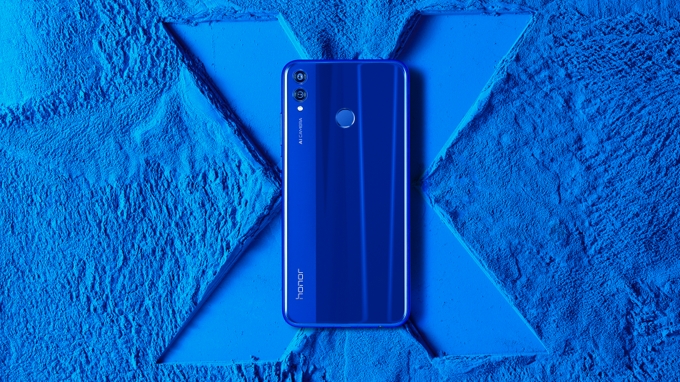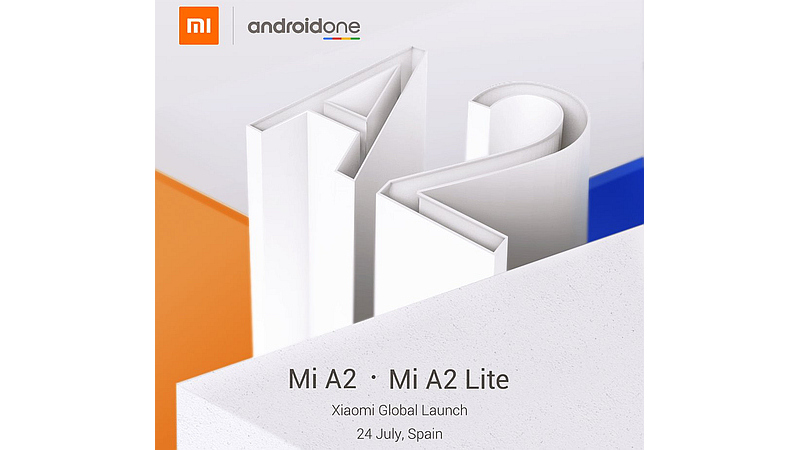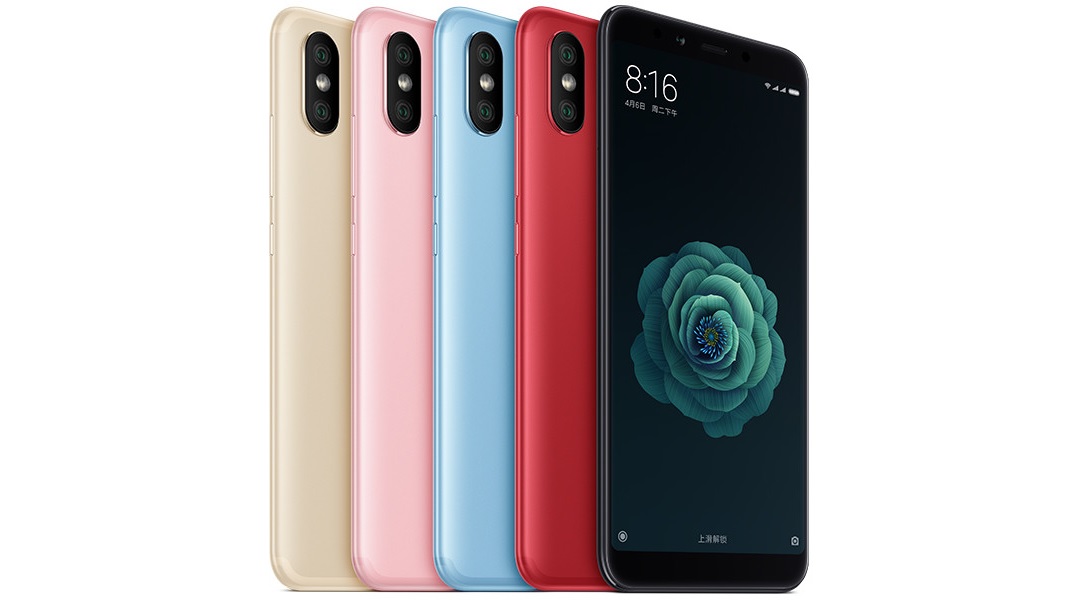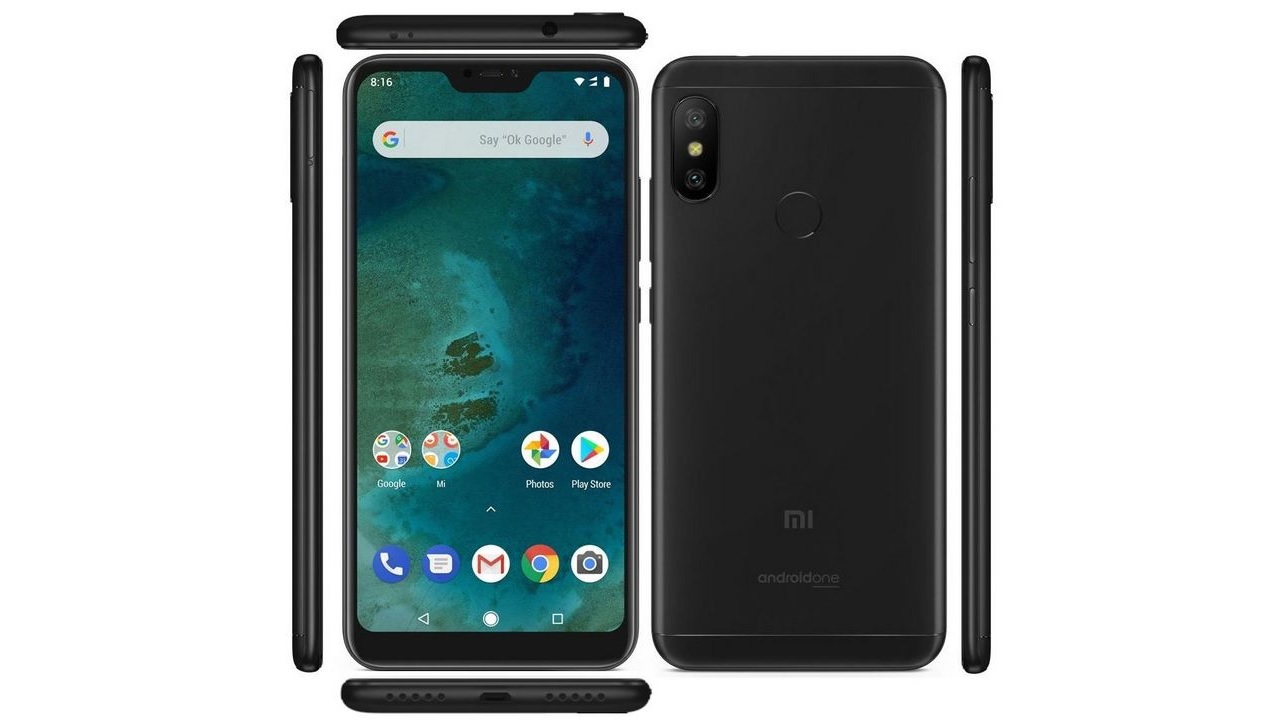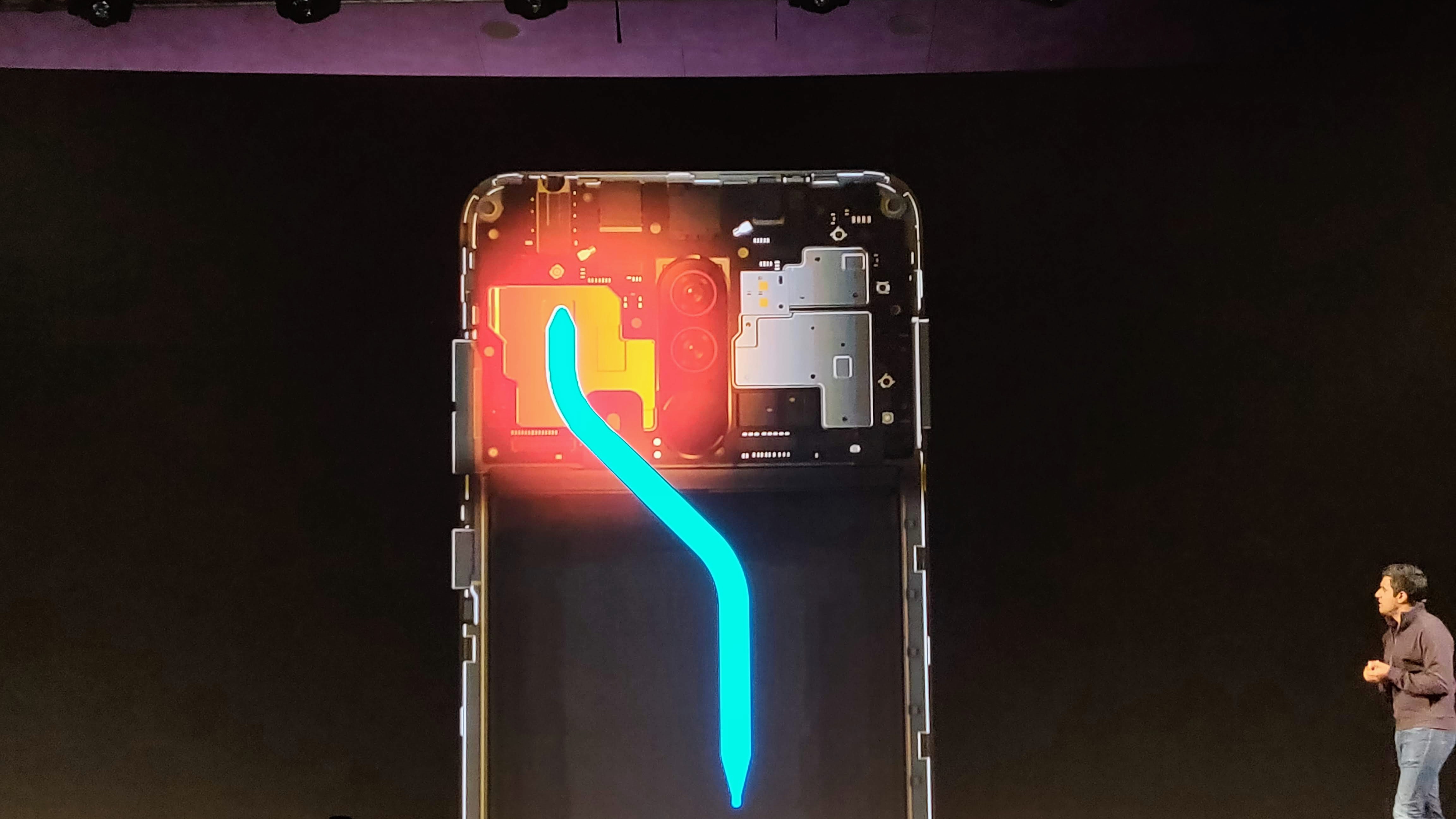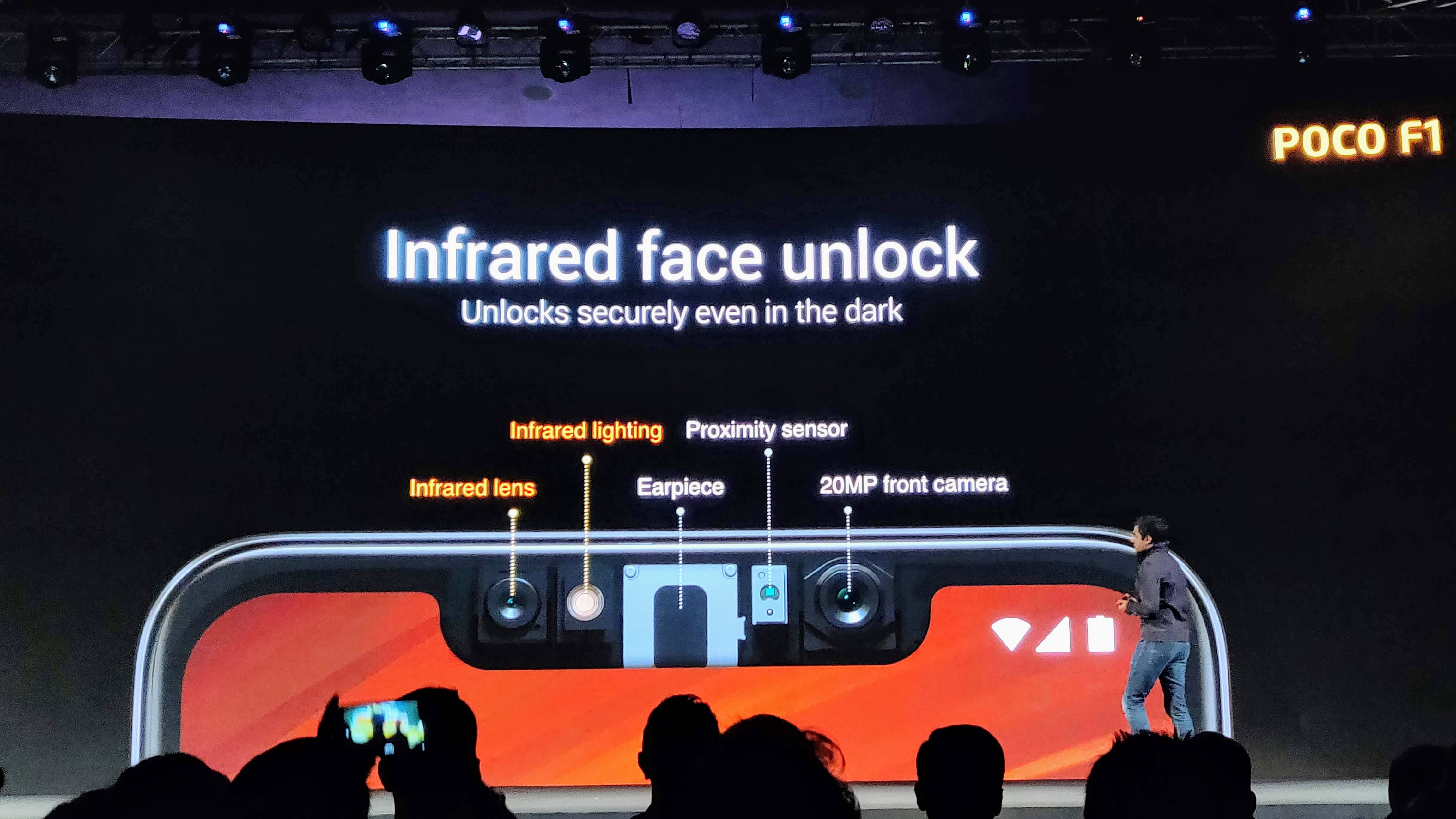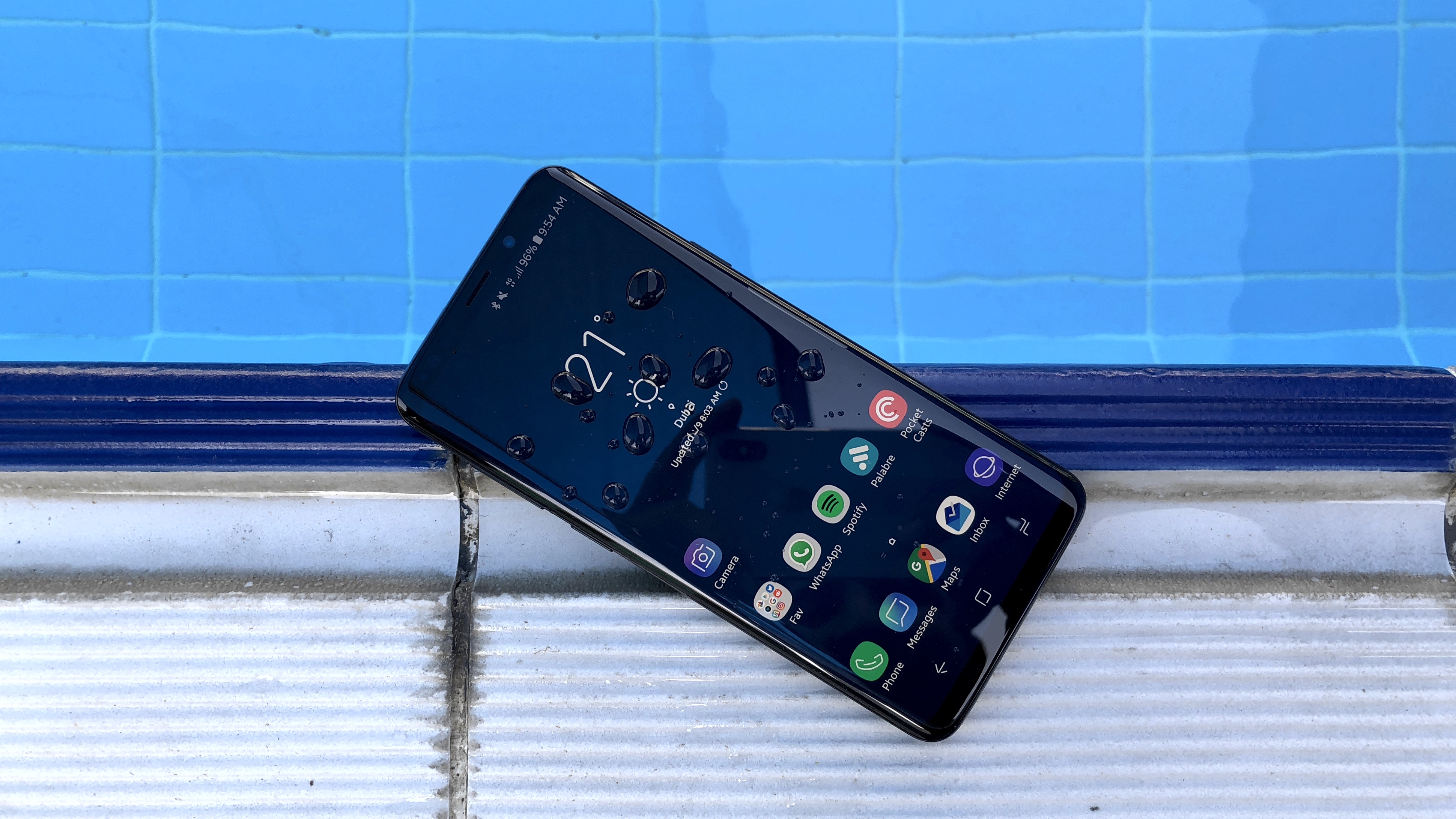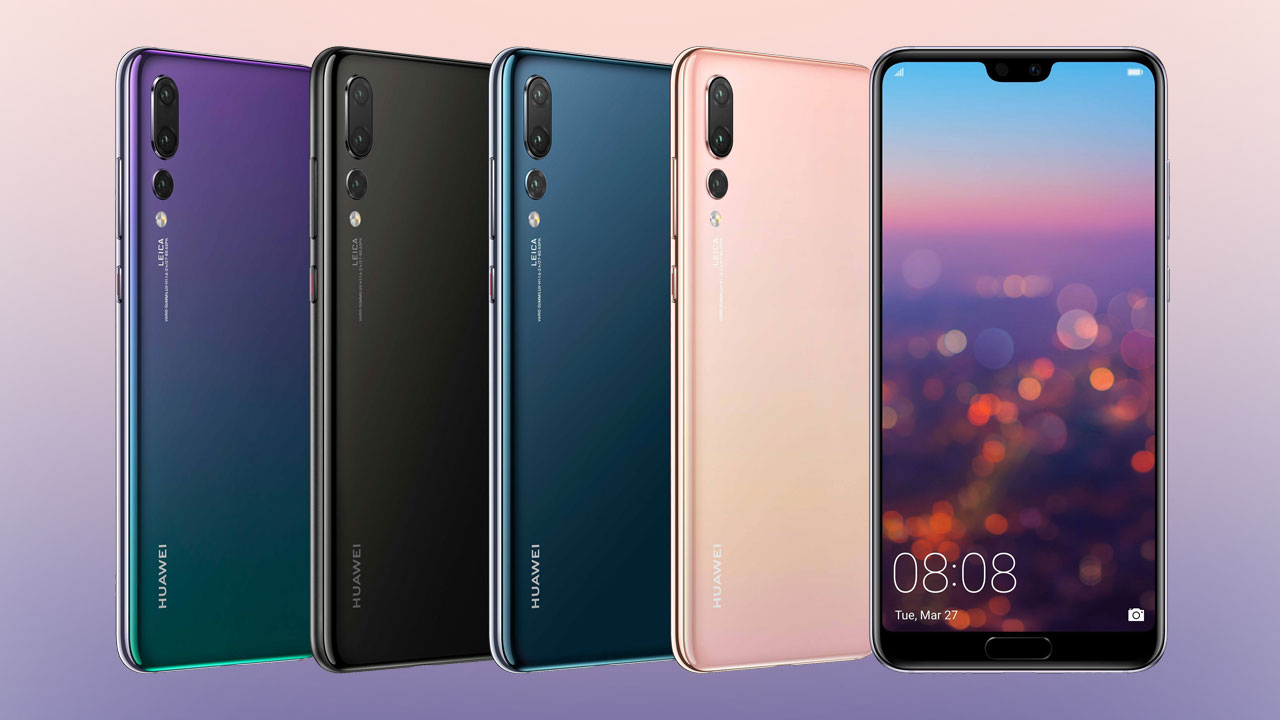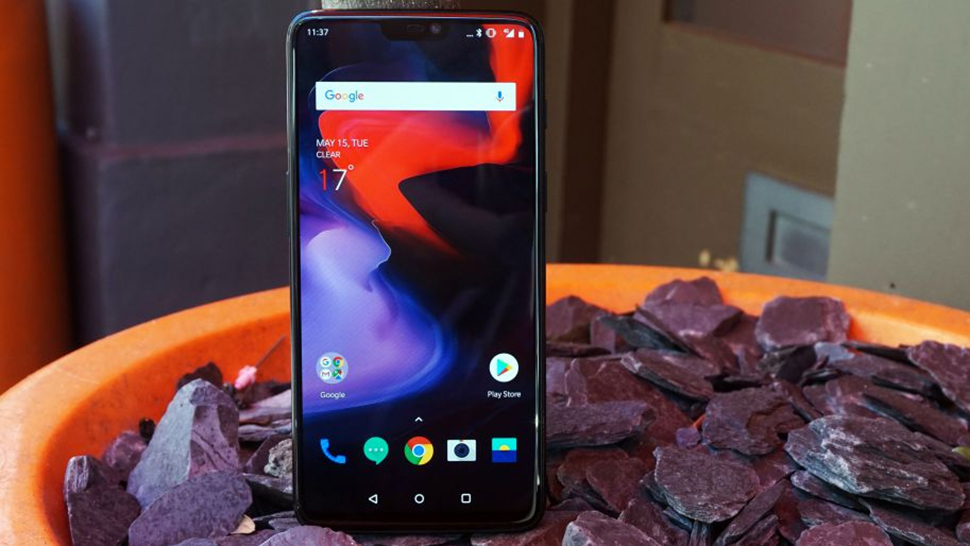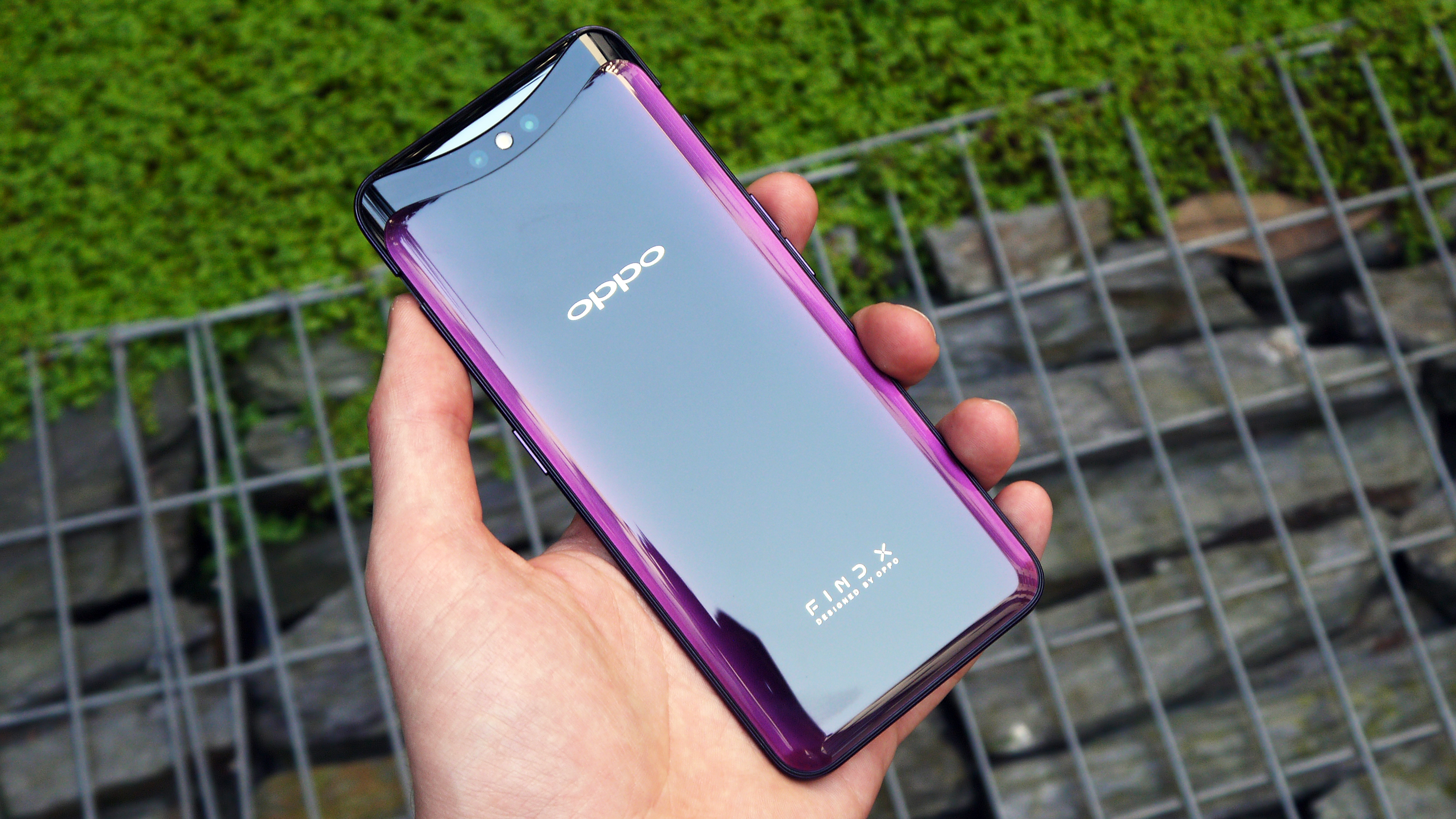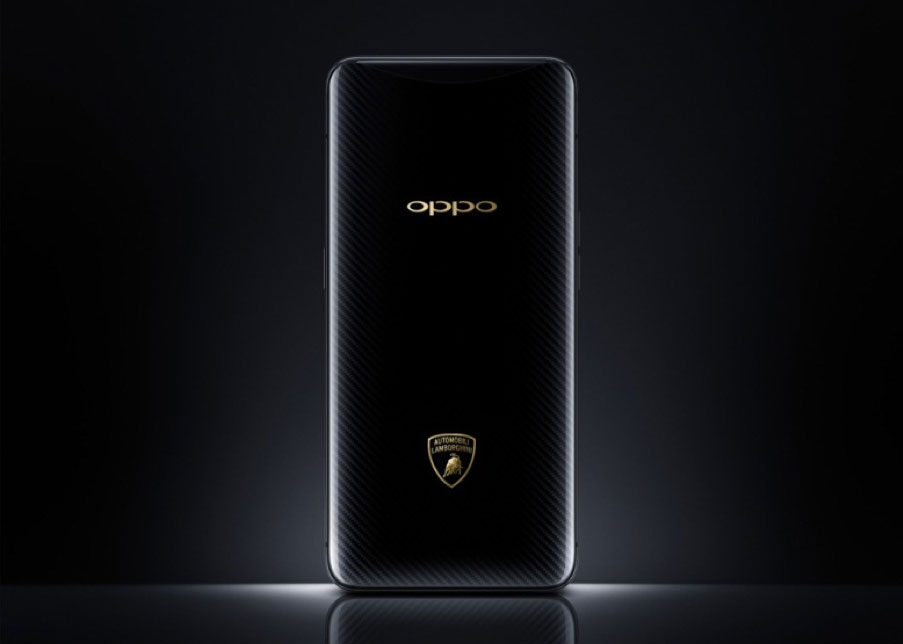As good of a phone as the Samsung Galaxy S9 was, it was an iterative upgrade over the Galaxy S8 and was released in a year where Android phone makers such as Huawei pushed real hard on their flagship products- overtaking Samsung in many areas.
Samsung knew that it had to come up with something special with the Galaxy S10- especially considering that it’s also the 10th anniversary edition of the phone.
While the Galaxy S10 doesn’t go on sale until the 8th of March, we’ve been using it as our daily driver for the last three days. You’ll have to wait for our full review to find out how it compares to other phones, but here’s what we think of it so far.
It starts with the screen
While there is plenty to love about the Samsung Galaxy S10 Plus, the one feature that will mesmerize you is the screen. At 6.4-inches and edge-to-edge with a punch hole for cameras, the Dynamic AMOLED panel is breathtakingly gorgeous.
The 1440 x 3040 resolution makes it plenty sharp as well but those are specs that you’ll likely see on other phones. What sets Samsung apart is the quality of the screen- there is nobody in the industry that makes as good of a display and it clearly shows on the Galaxy S10 Plus.
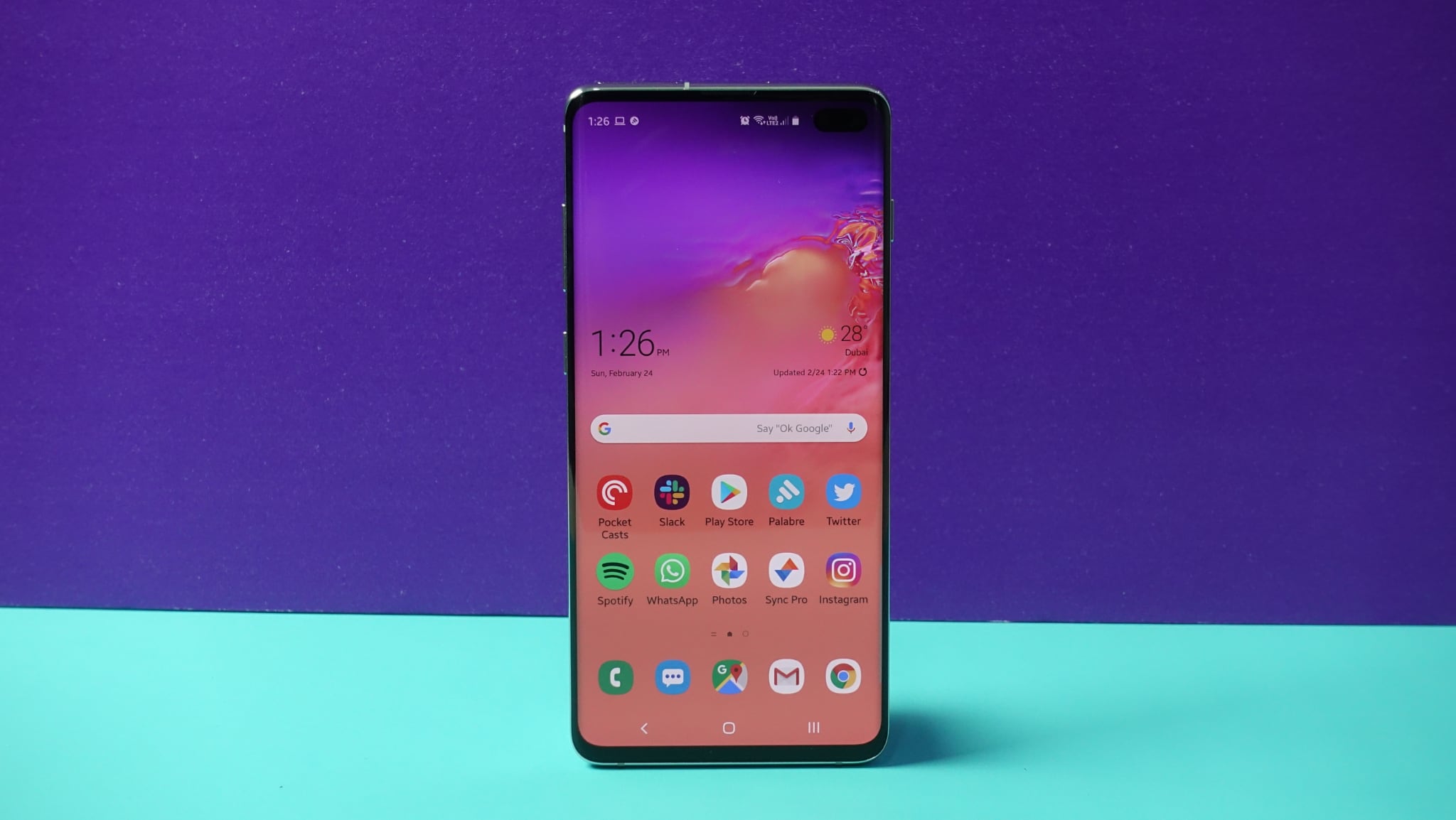
Traditionally, Samsung sets the colors to pop but on the S10, the default is set to the toned down “Natural” mode which is well calibrated. You can still change the screen mode to “Vivid” if that’s what you prefer the colors to pop.
Another improvement Samsung has made is that these new OLED panels emit 61 percent less blue light and that is something you only realize when you switch the night mode on and don't see a huge difference.
- Check out our Galaxy S10 Plus hands on
- Check out our Galaxy S10 hands on
- Check out our Galaxy S10e hands-on
- Everything we know about the Samsung Galaxy Fold
Have you been working out?
Once you’re done marveling at the screen, you realize how thin and light the Galaxy 10 Plus is for a phone with a 6.4-inch display. Folks around the office wondered if this was the non-plus version of the phone when they initially picked it up.
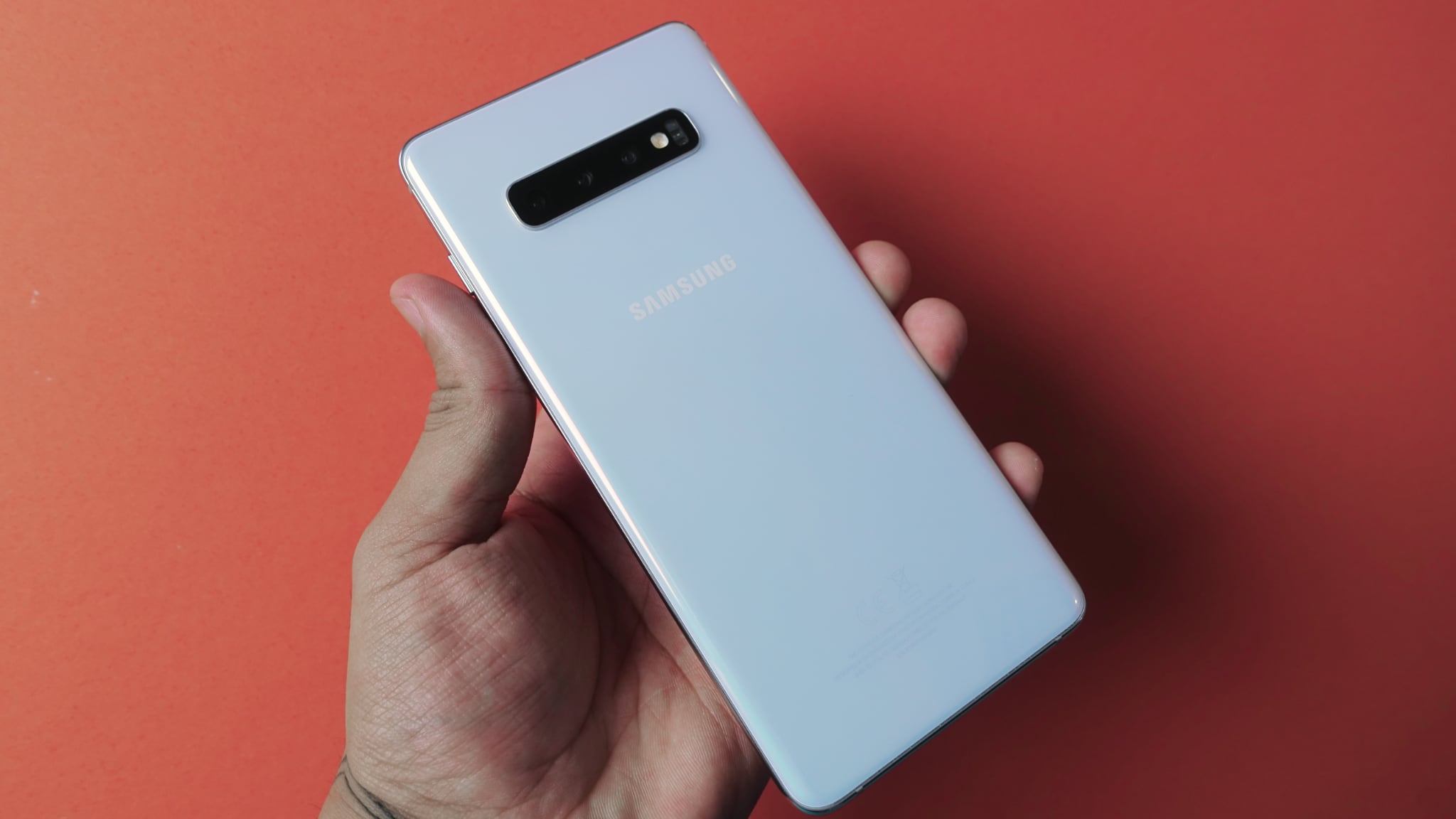
We’re not quite sure how Samsung managed to keep the weight of the phone down to 175 grams but if feels really light in your hands. It also not as slippery as last year's model.
While we still prefer the size and in-hand feel of the regular Galaxy S10, the Plus is definitely smaller and lighter than you’d expect.
Ultrasonic sensor - Supersonic experience
The Samsung Galaxy S10 Plus is the first phone to use an ultrasonic fingerprint sensor. Although it's not as fast as a capacitive sensor, it works much more reliably than optical fingerprint sensors. The only time we struggled with the ultrasonic sensor on the Galaxy S10 Plus was when we took it inside a pool.
Also, you don’t have to worry about the blinding light in the dark that the current generation of in-screen optical fingerprint sensors use.
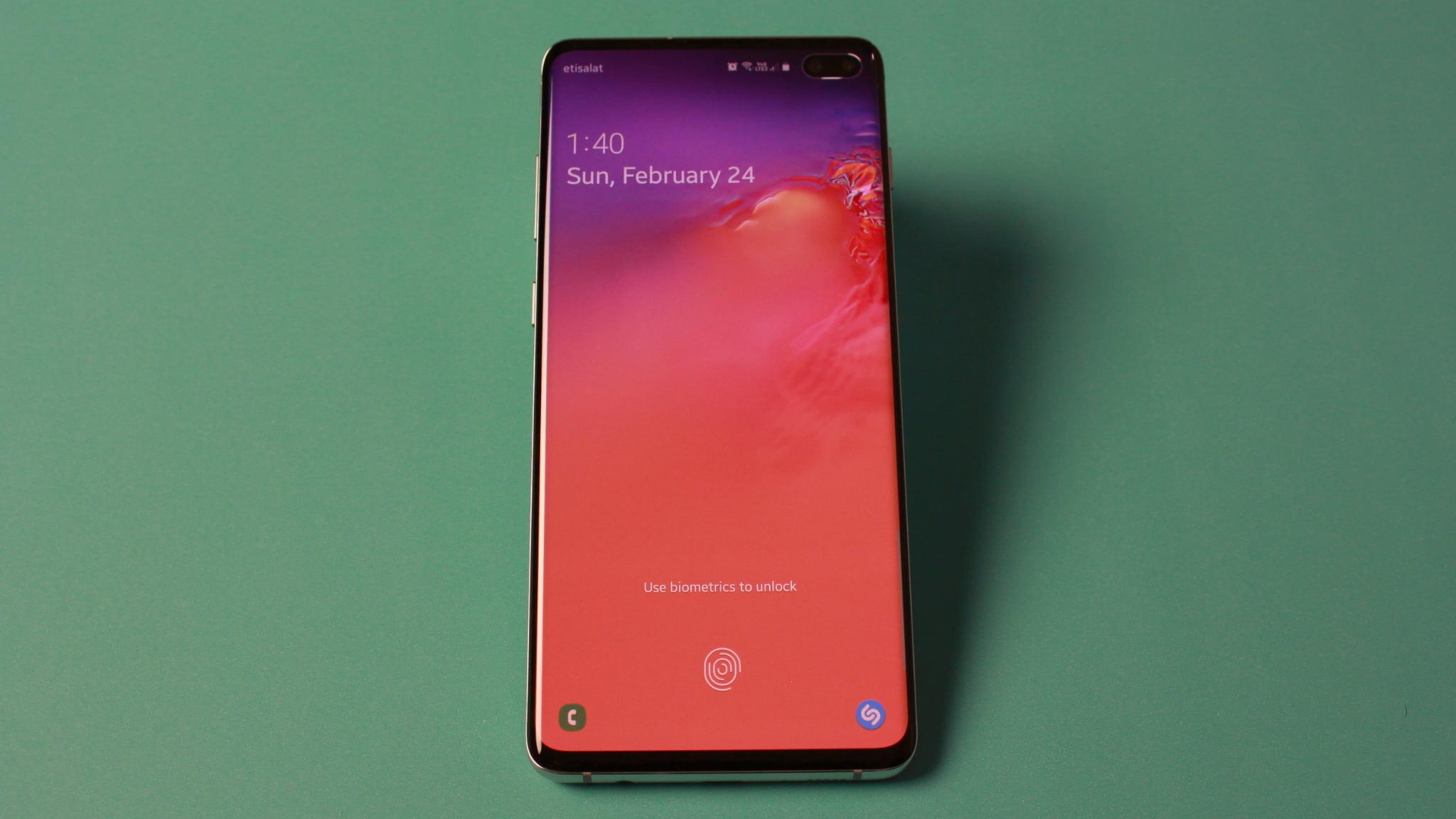
Rocking performance
The Samsung Galaxy S10 Plus comes in two variants- the Snapdragon 855 for the US market and the Exynos 9820 for almost everywhere else in the world. We received the Exynos model for review which will also be the one that goes on sale in the Middle East.
The Exynos 9820 is an octa-core processor arranged in three clusters with four cores running at 1.95GHz, two cores at 2.31GHz and two more cores at 2.73GHz. Coupled with 8GB of RAM and 128GB of storage, the Galaxy S10 Plus produced the highest Geekbench scores we’ve seen on an Android phone yet- 4473 for single-core and 10031 for multi-core.
It’s not just the benchmarks that the Galaxy S10 Plus is fast at- even everyday operations felt extremely zippy with apps launching and switching almost instantly. While we'll continue testing the speed, we won't be surprised if the Galaxy S10 takes the performance crown for Android phones.
Go wide or go home
With the Galaxy S10 line-up, Samsung has introduced a triple camera setup on its flagship phone. Like last year’s Galaxy S9, the primary camera is a 12MP sensor with a variable aperture while the secondary 12MP telephoto provides 2X optical zoom and bokeh effects.
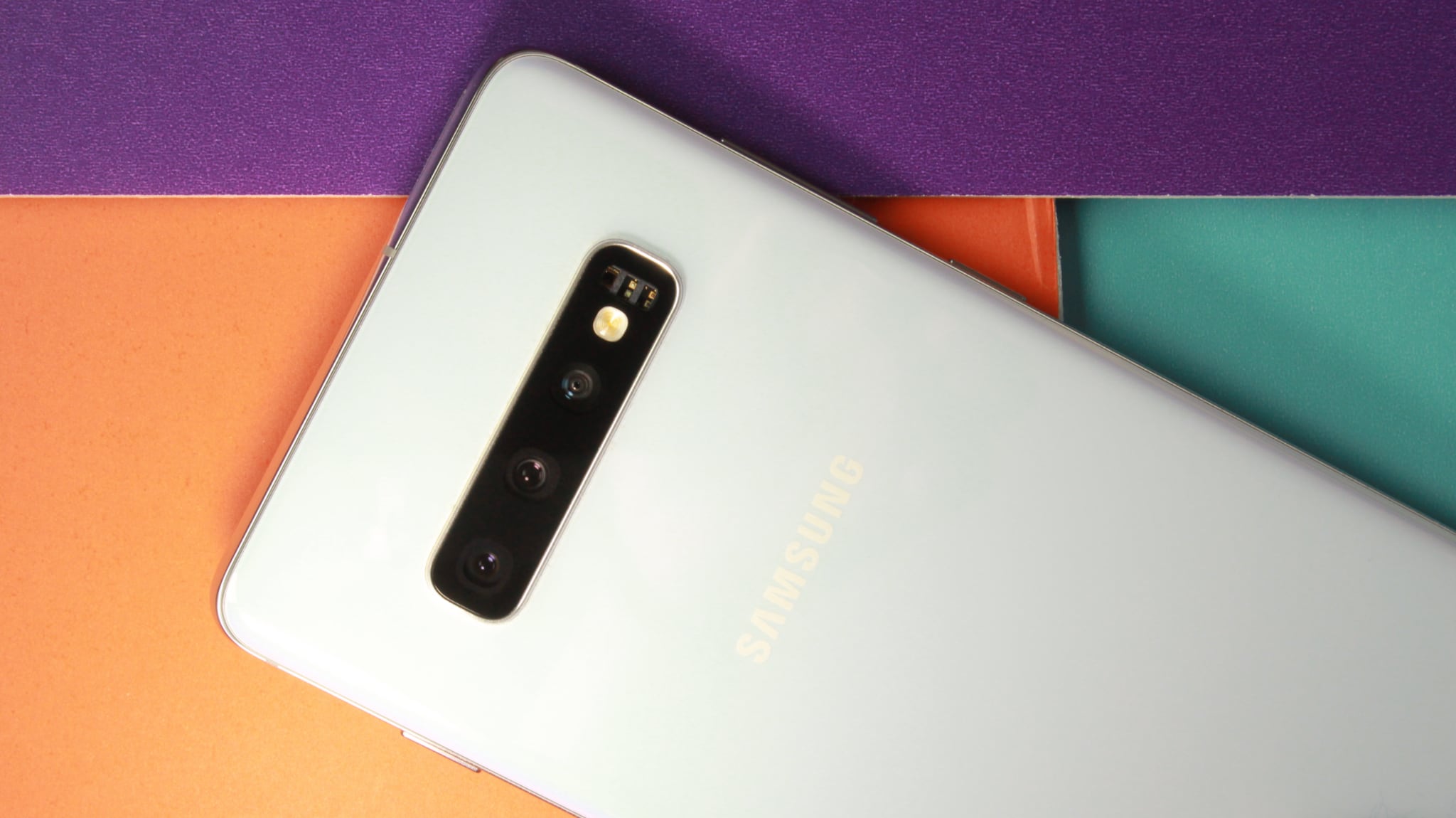
What is new is the third sensor which is 16 MP at f/2.2 and 12mm for an ultrawide angle giving you good versatility when composing your images. Here are some sample shots from the Galaxy S10's camera in different lighting conditions.
Samsung has introduced new scenes and AI capabilities on the Galaxy S10 bringing it more in line with the current generation of competing handsets. We’ll definitely be looking at the camera in greater detail in our full review.
More testing to be done
There are many more features on the Galaxy S10 Plus that need to be looked at in greater detail and require more time. For example, the S10 Plus is equipped with a massive 4,100mAh battery but that takes a few days to settle and measure.
There’s also Wi-Fi 6 capabilities that aren’t present on any other phone and HDR10 video recording that will come with a software update. And last but not the least- the front cameras inside the punch hole.
We’ll cover all of that in our upcoming review to see where the Galaxy S10 stands amongst other Android phones and whether it’s worth the price tag it’s asking for. But based on this quick look, we’re mighty impressed with what Samsung has done with the Galaxy S10.

